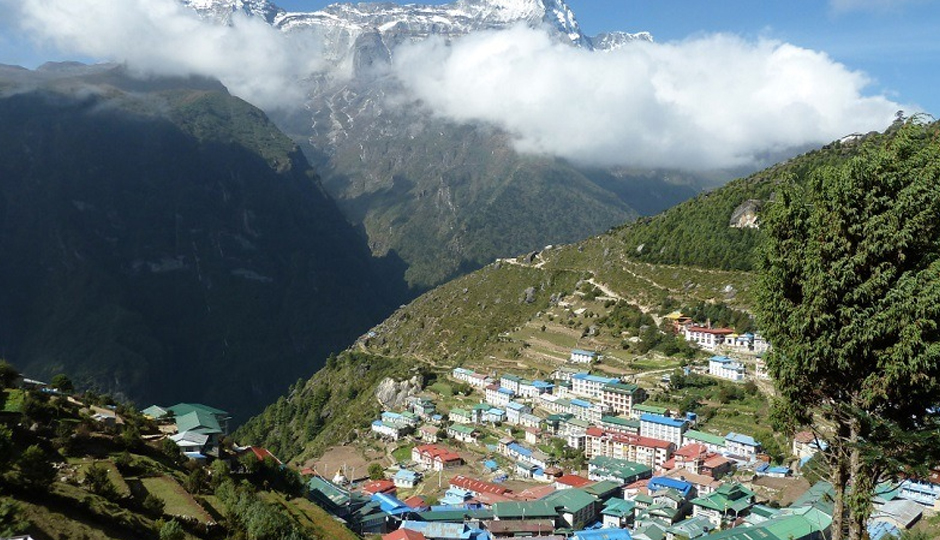Temples You Must Visit When In Japan
By: Anuj Sun, 20 Dec 2020 10:06:07
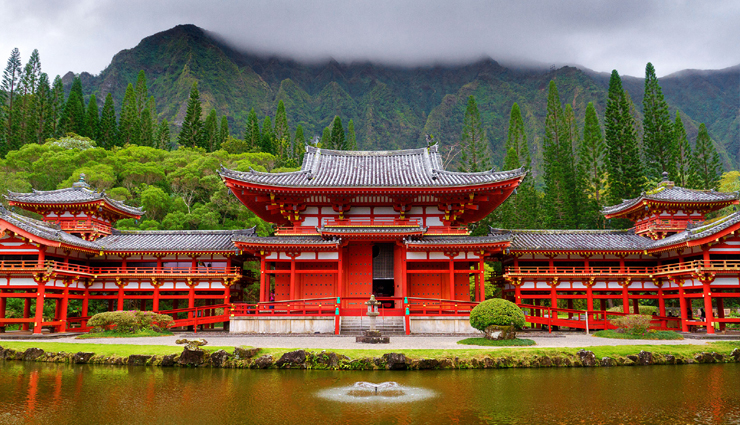
Japan is a country with thousands of temples. So if you go to Japan and don't go to the temples there, then surely your journey will be incomplete. These temples give you information about the culture, traditions and history of Japan. By the way, in Japan you will not only see the temples associated with Buddhism, but also the colors of Indian civilization. So, today we are telling you about some temples of Japan, where you must go once-
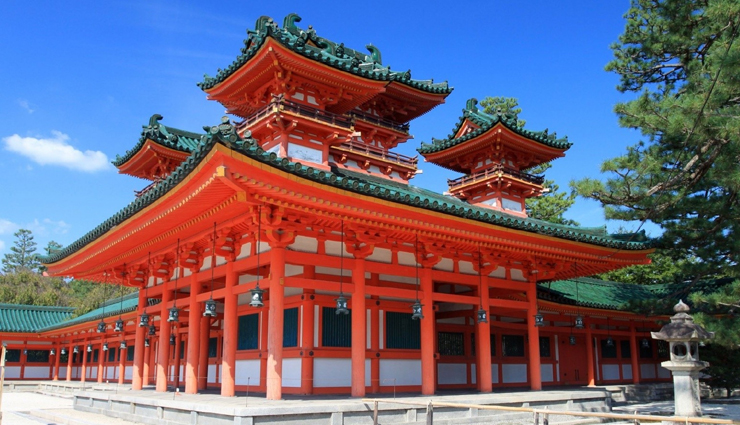
Before we begin: Difference between Shrines, Temples, and Monasteries
- Learning more about the purpose and significance of each place you visit can make your journey all the more rewarding.
- Shrines in Japan, are almost exclusively Shinto, and are dedicated to the worship of a single spirit or deity. Shintoism is a religion built on ceremonies and rituals, which take place within the shrines. Temples in Japanese are Buddhist places of worship. Buddhism may not have originated from Japan (like Shintoism does), but about 40% of the population of Japan are Buddhist with beliefs and practices of this religion deeply ingrained in everyday life.
- Monasteries in Japan, like temples, are usually also Buddhist. Some forms of Buddhism are monastic, largely practiced by monks or nuns in monasteries. In places such as these, monks study, live, and worship. Many of these are open to the public and you can choose to stay in a Japanese monastery too!

Hida-Sannogu Shrine, Takayama
Hida-Sannogu is surrounded by tall trees which make it look dwarf. Apart from its natural beauty, the shrine is known for its role in the Shinto Sanno Matsuri Festival, one of the three most important festivals in Japan.

Kinkakuji Temple (Kyoto)
Kinkakuji was originally built in 1397 as a shogun, or home of a military chief. The building was completely covered in gold leaf, giving it the title of Golden Pavilion. Its gardens make you feel heaven on earth.
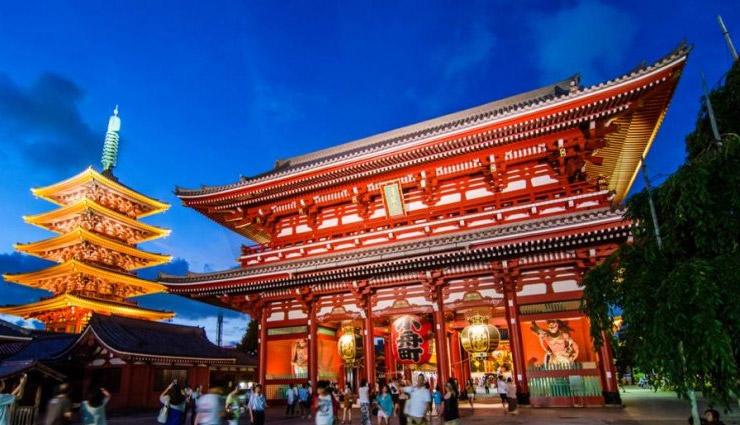
Senso-ji temple (Tokyo)
This temple has its own distinct belief in Japan. Legend has it that two brothers repeatedly tried to return an idol of Goddess Kannan to the Sumida River. Each time, the idol returned by the next day. After this, the Senseo-ji temple was built in that place in honor of the goddess. The beauty of the temple is made in the evening. The temple is located at a walking distance of just five minutes from Asakusa station.
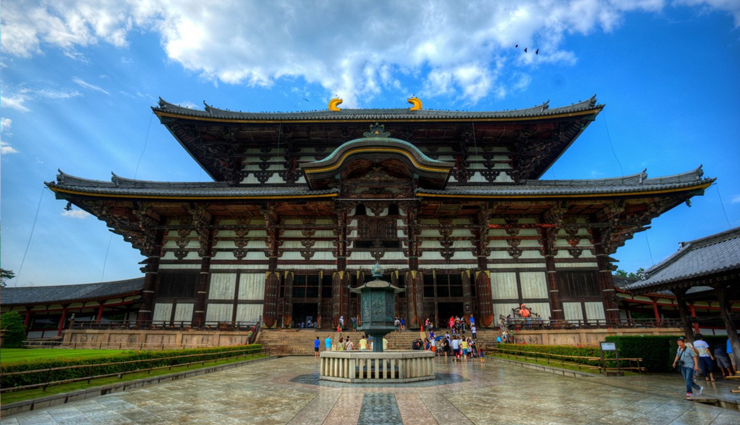
Todai-ji Temple (Nara)
The Todai-ji temple at Nara is the largest wooden building in the world. It also has a huge statue of Buddha. The enormity of the Buddha's statue can be gauged from the fact that a medium-sized human can fit through one nostril of the statue. People visiting here also enjoy a favorable herd of deer roaming the site.
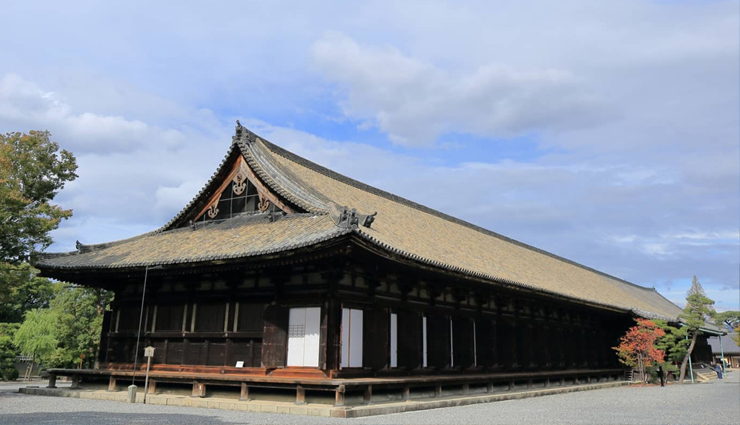
Sanjusangendo Temple (Kyoto)
The Sanjusangendo temple, also formerly known as the Rengein Temple, is quite famous for its number of religious idols. The Great Hall here houses 1,001 life size images of Kannan Devi, which make the temple's view panoramic.

Fushimi Inari Taisha Shrine
The Fushimi Inari Taisha is also located in Kyoto. This shrine, in particular, is famous for its tunnel of red Torii gates, which lead to the main complex. The shrine is located at the foot of Mount Inari – a part of the shrine’s grounds.
The main walk to the top of the mountain is a pilgrimage route, and walking up it, you’ll likely see dozens of small statues and smaller shrines. Much of the route is under the cover of a long row of Torii gates. Hiking up and back may take some time and effort but combining this with a visit to the shrine can make for a great day out. What’s more, at the top of the mountain, you’re rewarded with a grand view of Kyoto.





